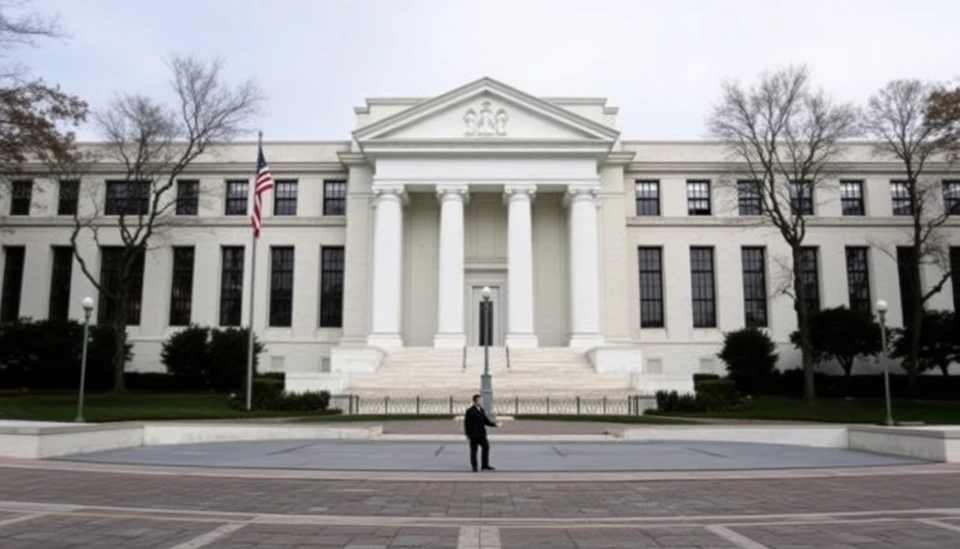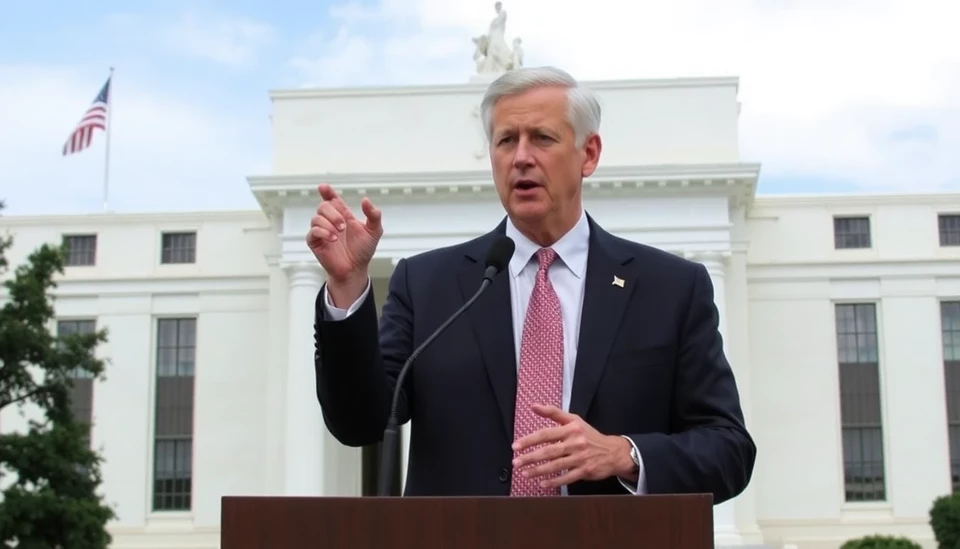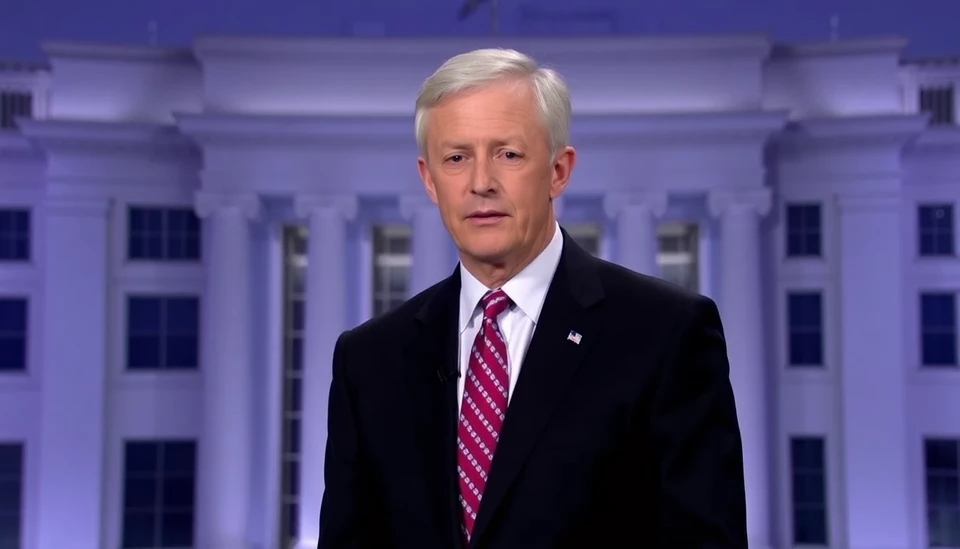
In recent economic developments, the Federal Reserve's favored inflation gauge, the Personal Consumption Expenditures (PCE) price index, revealed a slight increase for the month of December. This information is particularly significant as it influences monetary policy and interest rate adjustments moving forward. The PCE index, which is critical in shaping the Fed's outlook on inflation, displayed an annual inflation rate of 4.4%, remaining unchanged from the previous month’s pace.
Looking at the monthly data, the PCE index saw a modest advancement of just 0.2% in December, suggesting subdued inflationary pressures in the economy. This monthly rise came in slightly below economists’ expectations, as they were anticipating an increase of around 0.3%. Such a muted performance in inflation indicators adds complexity to the Fed's decision-making process regarding interest rate increases needed to combat inflation.
The core PCE, which excludes the volatile prices of food and energy, also demonstrated minimal changes. It increased by 0.3% in December, paralleling forecasts and maintaining its annual rate at 4.7%. These figures suggest that while inflation remains above the Fed's target of 2%, the pace of price rises is experiencing a cooling effect.
Labor costs and recent wage growth have been key topics in the ongoing discussions surrounding inflation. Analysts note that the labor market remains tight, contributing to inflationary risks, but the recent data indicates that wage pressures may not be escalating as rapidly as once feared. This could signal that the Fed can afford to take a more measured approach to future interest rate hikes, alleviating concerns that aggressive monetary policy might lead to economic overheating.
As the Fed continues to monitor upcoming economic data, including employment figures and consumer spending trends, market participants and policymakers alike will remain vigilant. The subtle yet important changes in the inflation landscape, as indicated by the December PCE, are sure to play a significant role in shaping the Fed's monetary policy in the forthcoming months.
Investors and economists are now contemplating how these insights might influence the broader economic environment and central bank decisions on rates during the critical transition period of 2025.
As we move further into the year, the strategies deployed by the Federal Reserve to navigate inflation and economic growth will be essential to watch, with the PCE serving as a crucial barometer in these considerations.
Overall, while inflation remains a pertinent concern, the recent data suggests that the trajectory may be moderating, allowing some breathing room for both consumers and policymakers in a calculated response to economic conditions.
#FederalReserve #Inflation #PCE #Economy #MonetaryPolicy #InterestRates #WageGrowth #EconomicIndicators
Author: Daniel Foster




